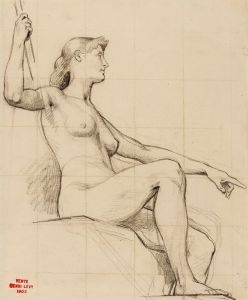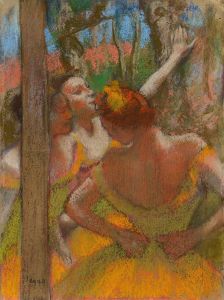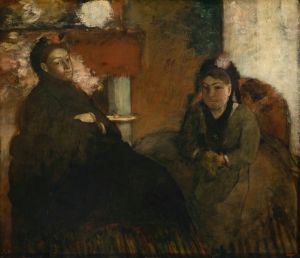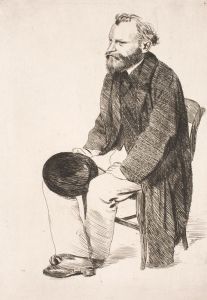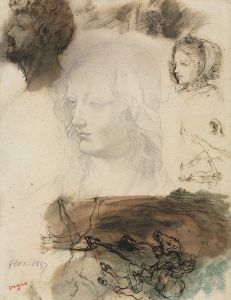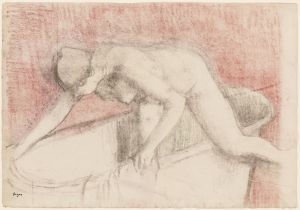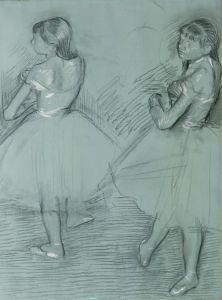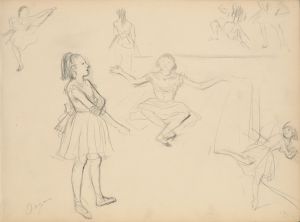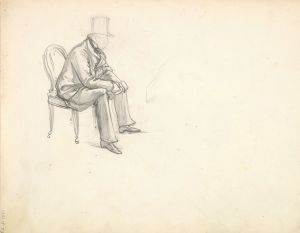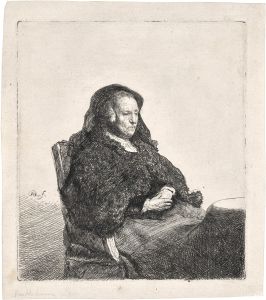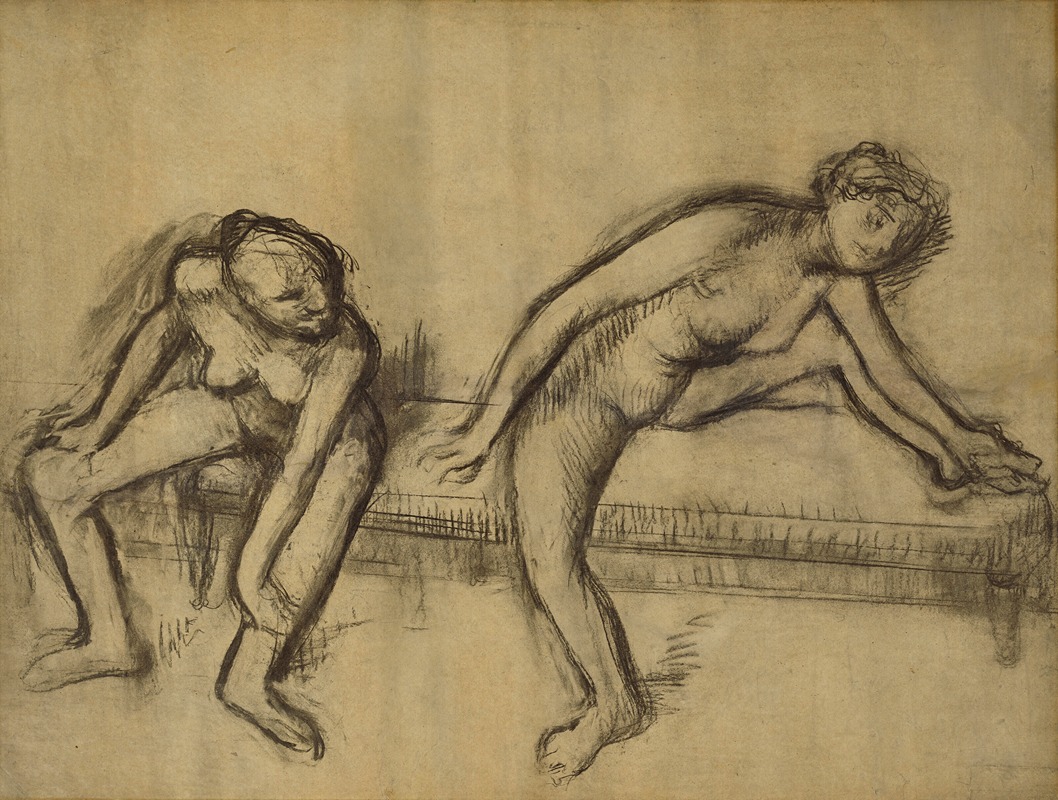
Deux danseuses sur un banc
A hand-painted replica of Edgar Degas’s masterpiece Deux danseuses sur un banc, meticulously crafted by professional artists to capture the true essence of the original. Each piece is created with museum-quality canvas and rare mineral pigments, carefully painted by experienced artists with delicate brushstrokes and rich, layered colors to perfectly recreate the texture of the original artwork. Unlike machine-printed reproductions, this hand-painted version brings the painting to life, infused with the artist’s emotions and skill in every stroke. Whether for personal collection or home decoration, it instantly elevates the artistic atmosphere of any space.
Edgar Degas, a prominent French artist associated with the Impressionist movement, is renowned for his depictions of dancers, capturing their grace, movement, and moments of quiet introspection. One of his works, Deux danseuses sur un banc (translated as Two Dancers on a Bench), exemplifies his fascination with the world of ballet and his ability to portray the human figure with sensitivity and precision.
This pastel artwork, created in the late 19th century, features two ballet dancers seated on a bench, likely in a moment of rest during rehearsal or backstage preparation. Degas often explored such candid, behind-the-scenes moments, offering a glimpse into the lives of performers beyond their onstage personas. The composition highlights Degas's mastery of color, light, and texture, with the soft, layered strokes of pastel creating a sense of immediacy and intimacy. The dancers are depicted in their tutus, with their postures and expressions suggesting fatigue or quiet contemplation, a recurring theme in Degas's works.
Degas's choice of pastel as a medium allowed him to achieve a vibrant yet delicate effect, capturing the nuances of light and shadow on the dancers' costumes and skin. His use of unconventional cropping and asymmetrical composition reflects his interest in Japanese prints and photography, both of which influenced his artistic approach. The focus on the dancers' natural, unposed demeanor aligns with Degas's broader interest in realism and his desire to depict modern life as he observed it.
The exact date of creation for Deux danseuses sur un banc is not definitively documented, but it is consistent with Degas's prolific period of producing works centered on ballet dancers during the 1870s and 1880s. During this time, Degas frequently visited the Paris Opéra and its rehearsal rooms, where he found inspiration for many of his iconic pieces. His works often reveal the physical demands and discipline of ballet, contrasting the elegance of performance with the laborious effort behind it.
Today, Deux danseuses sur un banc is celebrated as an example of Degas's ability to blend technical skill with a deep understanding of his subjects. The painting is held in a private collection, and its details have been studied and admired by art historians and enthusiasts alike. Degas's legacy as a chronicler of modern life and a master of the human form endures, with his works continuing to captivate audiences worldwide.






